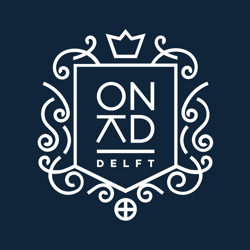1641 – ✝ 1720
Anthonie Heinsius
Anthonie Heinsius was a Delft-born statesman during the time of Stadholder William III of Orange. Starting out as a lawyer, he eventually worked his way up to council pensionary of the province of Holland - albeit not entirely voluntarily ...
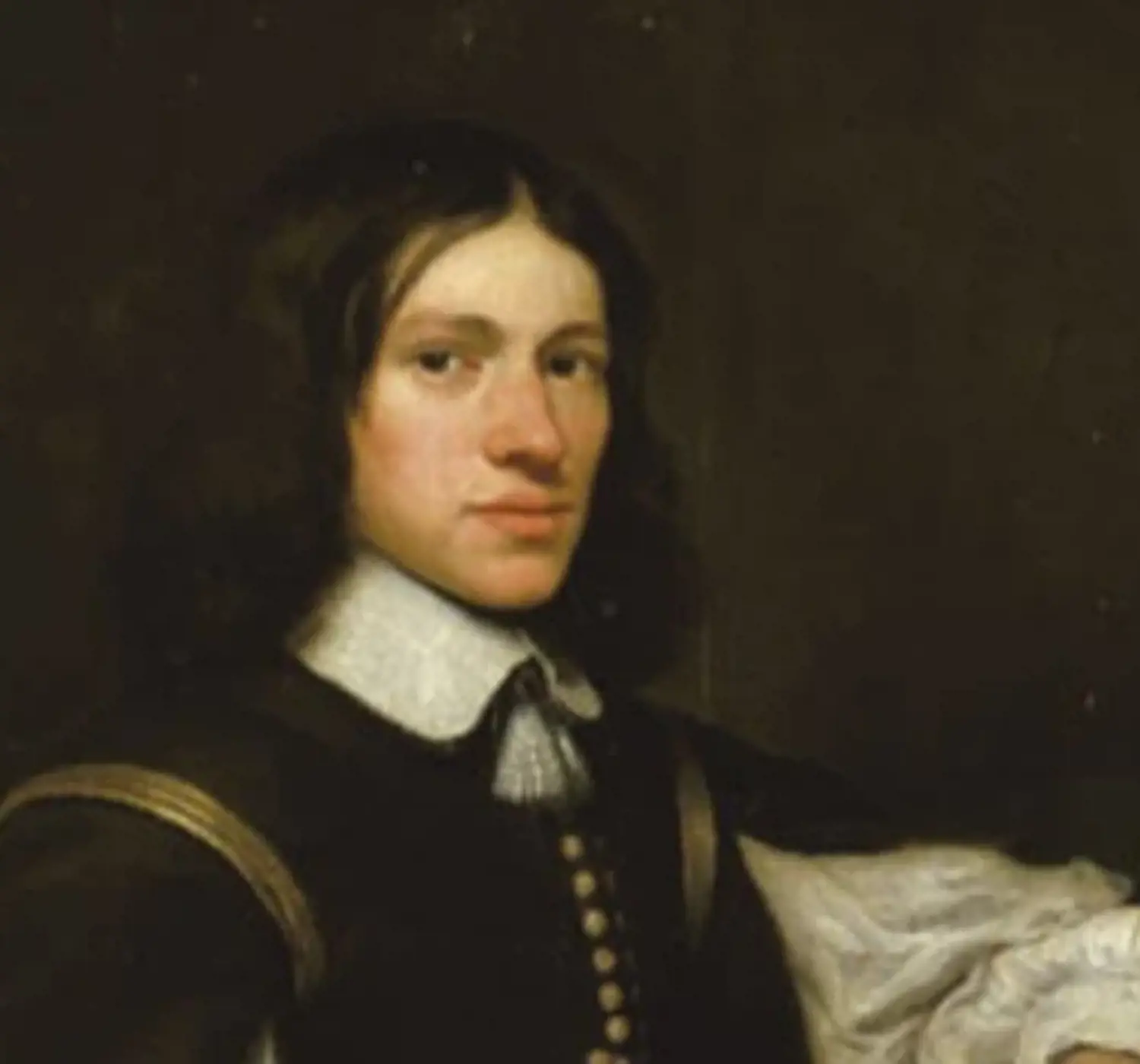
On a mission
Anthonie Heinsius was born the son of a Delft politician. He studied law in Orleans, France, following in his father's footsteps. It seems that Heinsius was a very tactful but unbending negotiator. William III of Orange was therefore happy to send him on missions to defend Dutch interests from hostile France.
Senior official
In the end, it was also this stadholder William III who ensured that Heinsius became council pensionary of the province of Holland - even though he initially did not want it himself. The council pensionary was the highest official of the region, and the representative to the States General. On 25 June 1689, Heinsius was sworn in. Thanks in part to his efforts, peace with France came in 1713.
Bachelor
Despite his high positions, Heinsius remained very ordinary. He did not invest in land or other status symbols and remained a bachelor all his life. At his death, he left behind a fortune of about 750,000 guilders. Heinsius was buried in the Oude Kerk.
Discover more about Key Characters
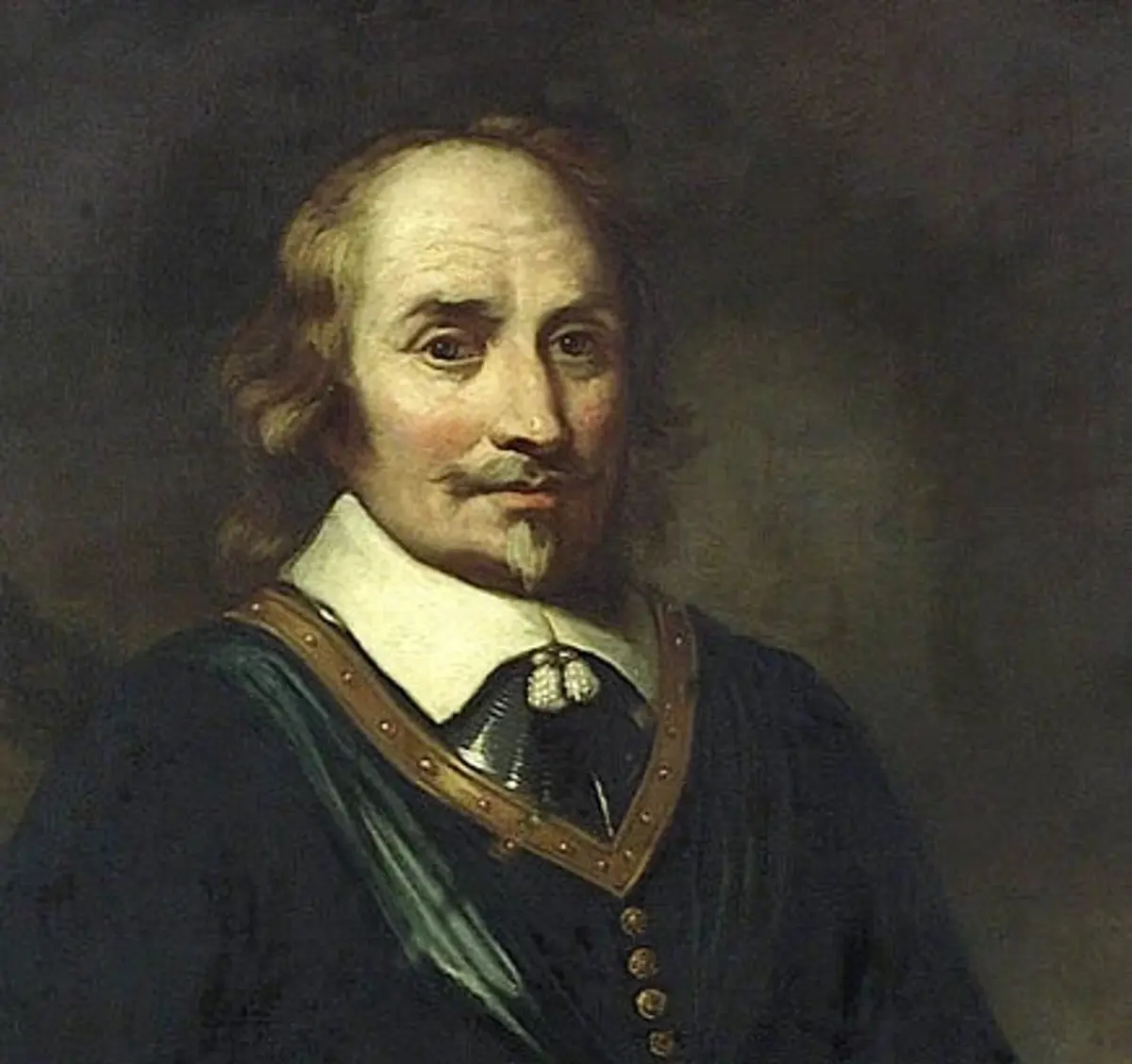
Maarten Tromp
Maarten Harpertszoon Tromp is perhaps the most notable naval hero in Dutch history. At a time of international tension and increasing world trade, he served alternately in merchant shipping and the navy. From there, he worked his way up from ship's boy to commander-in-chief.
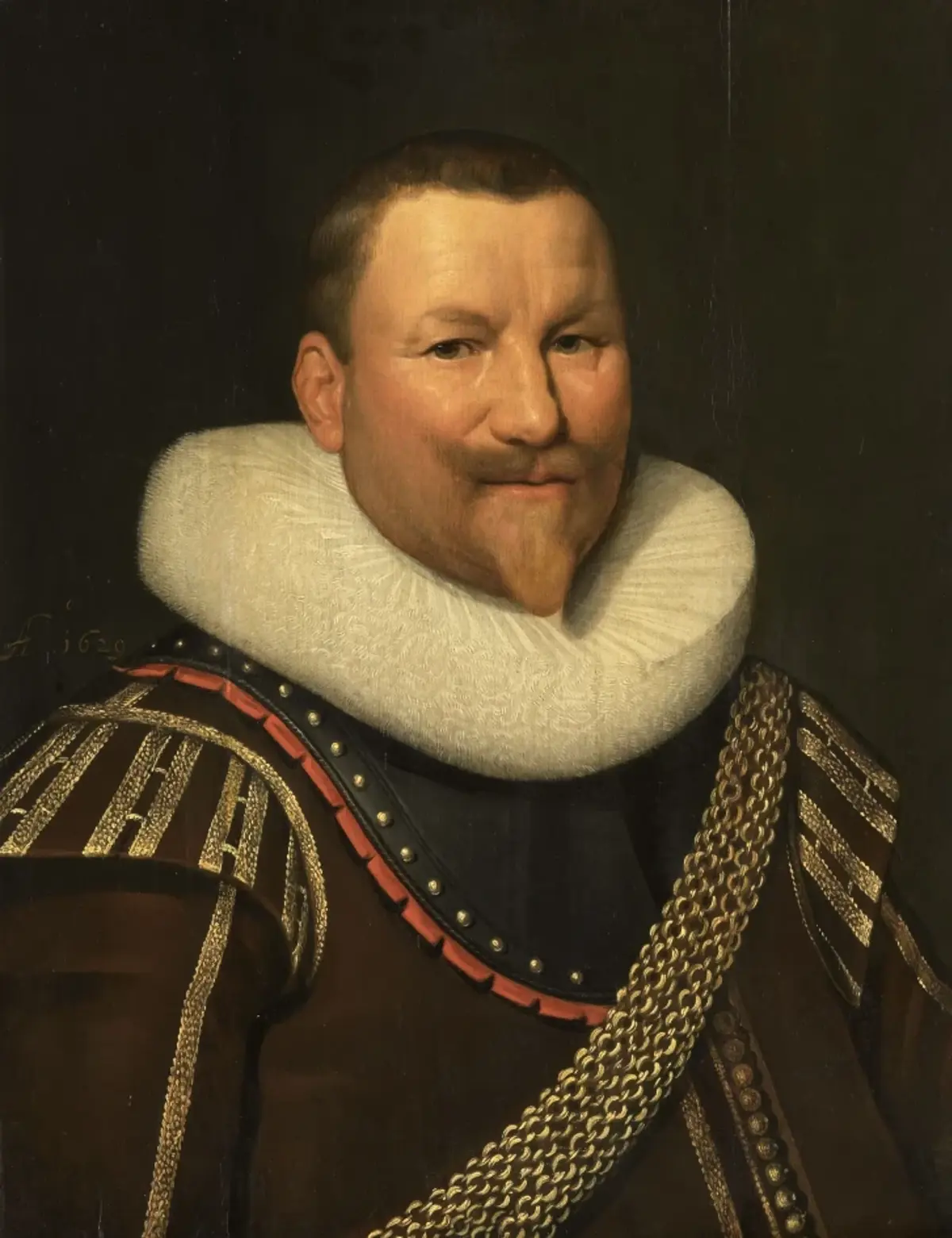
Piet Hein
'Piet Hein, his name is small, his deeds are great, his deeds are great, he has won the Silver Fleet ...' The triumphant lyrics of the famous song about Piet Hein. In 1628, he hijacked a very valuable sea transport from the Spanish ruler, making him one of Holland's most famous naval heroes.
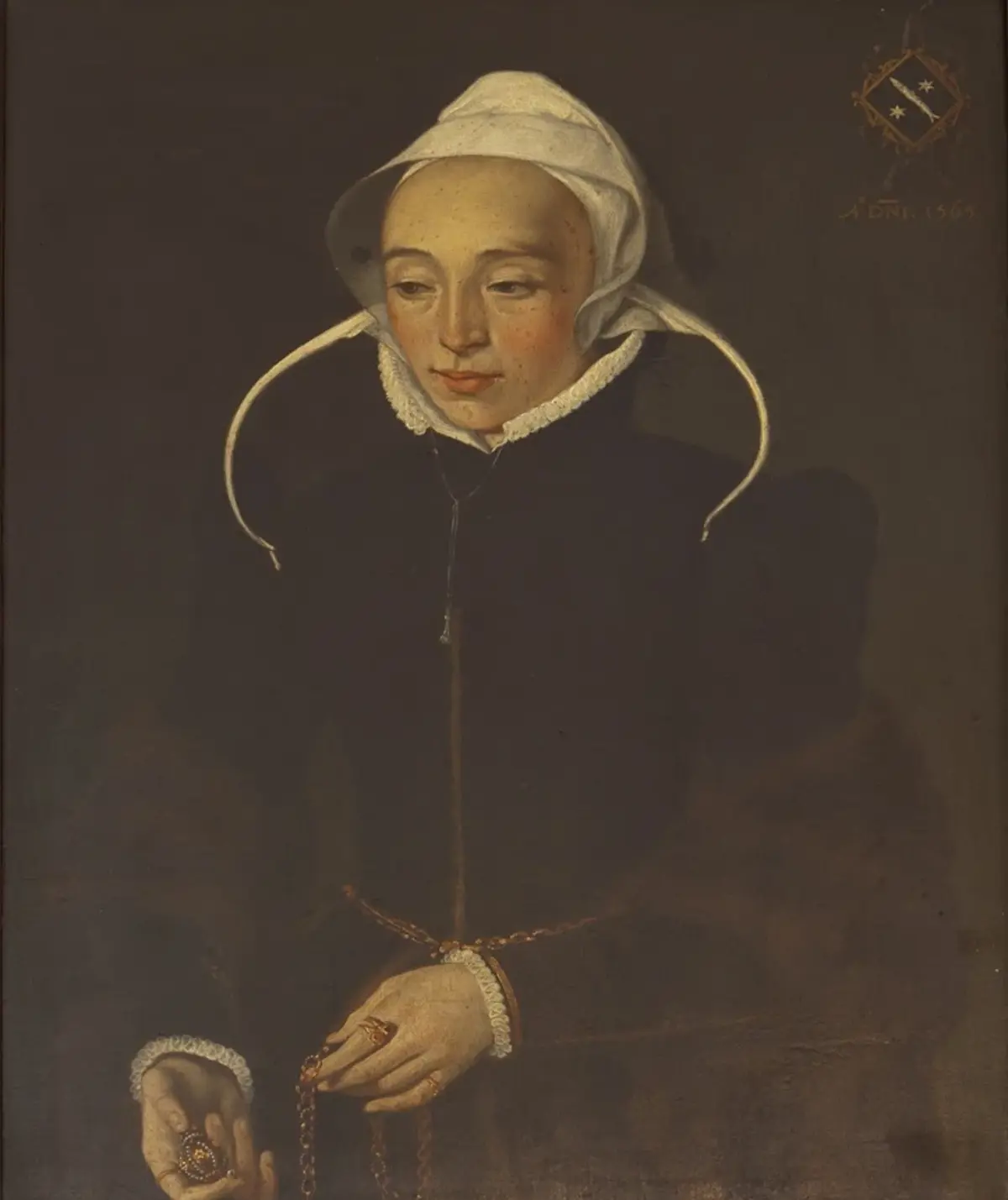
Clara van Spaerwoude
Clara van Spaerwoude is inextricably linked to Delft history. There is even a Delft street named after her. Van Spaerwoude became best known for her enormous inheritance, which she distributed in the form of wedding gifts. Until over three hundred years after her death, she used them to make many couples happy.
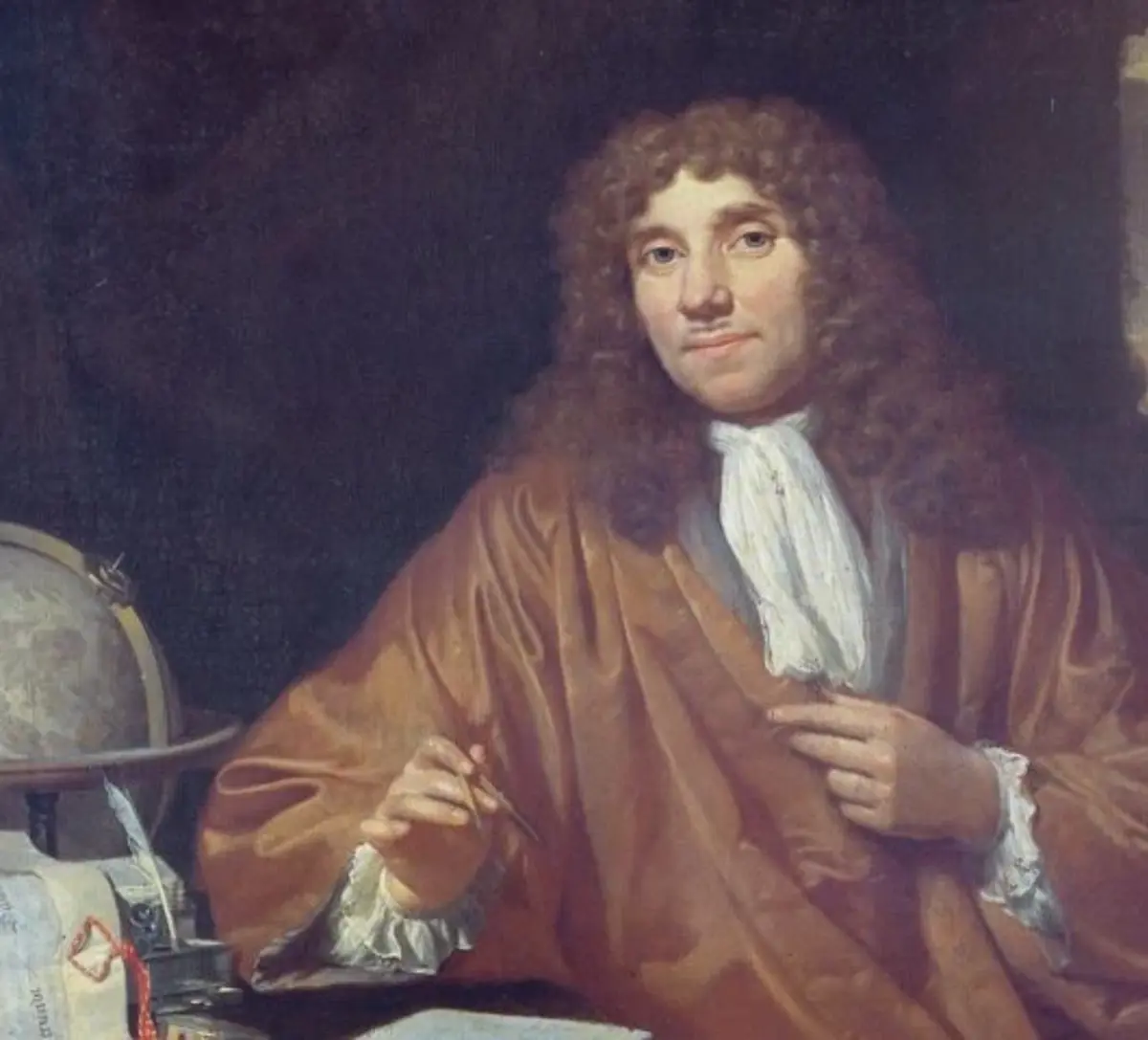
Antoni van Leeuwenhoek
Antoni van Leeuwenhoek is best known as the man who improved the microscope. However, he also made several progressive scientific discoveries. Still today, this pioneer is respected for his extraordinary achievements as an inventor and researcher.
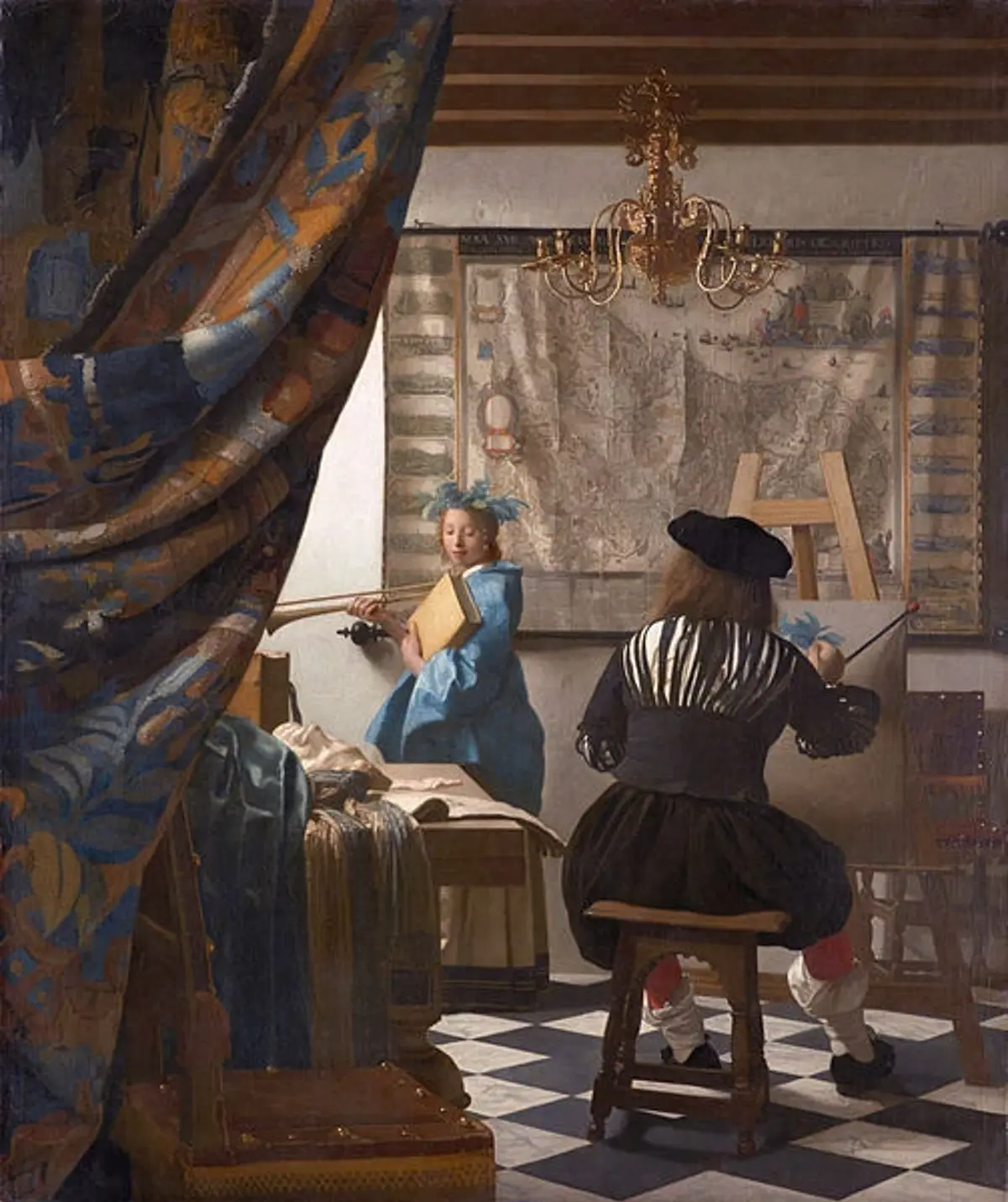
Johannes Vermeer
The 'Master of Light', 'Sphinx of Delft', or Johannes Vermeer, is perhaps the most famous painter in Dutch history. With his unique works, in which the stunning rendering of sunlight is particularly striking, this Delft native achieved international fame. However, Vermeer died as a pauper ...
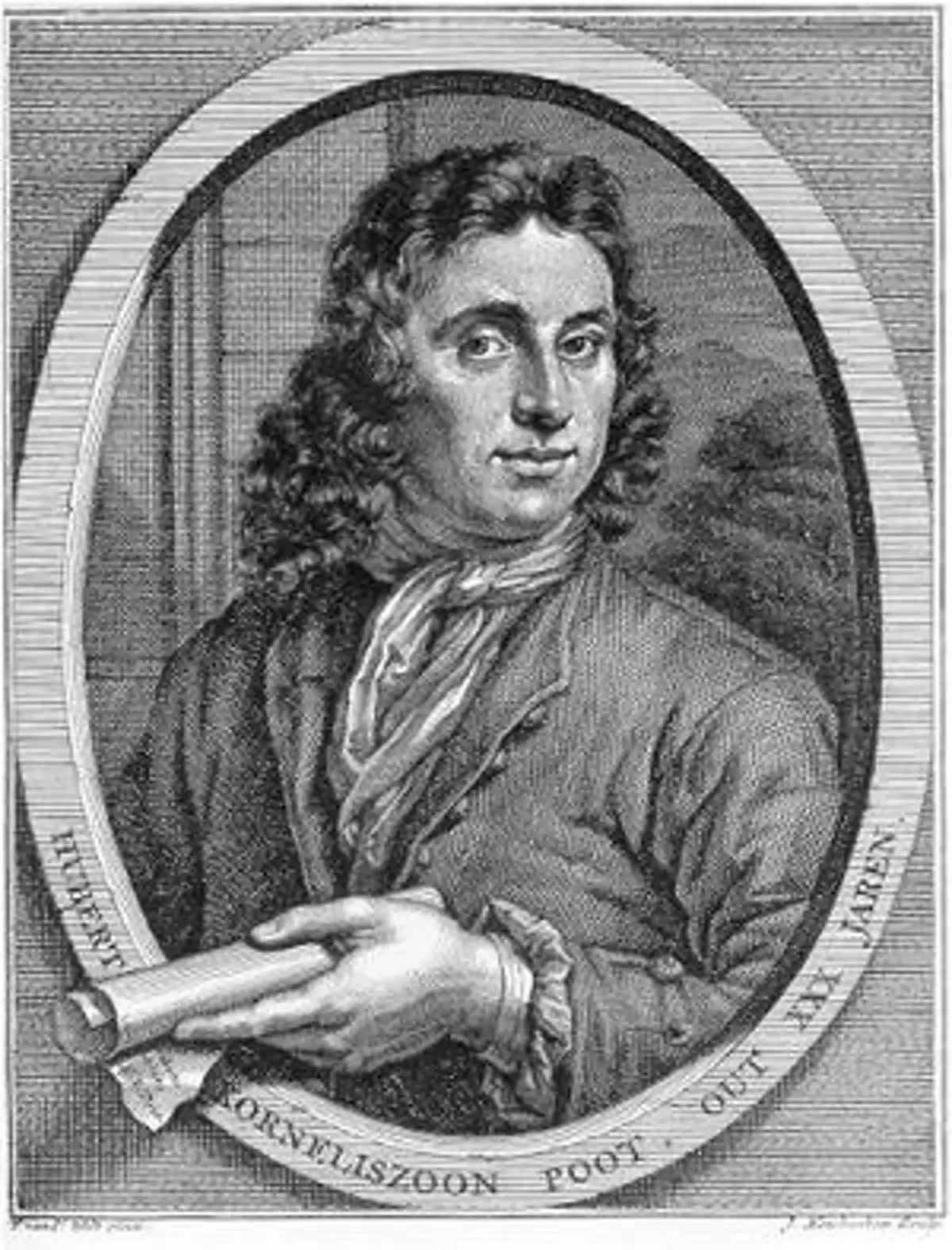
Huibert Poot
'How satisfyingly rolls the life, of the rested lanterman, who would give zyn blissful fate, however small, for no king's crown!' So reads the beginning of 'Akkerleven', by poet Hubert Korneliszoon (Huibert) Poot. Thanks in part to this poem, Poot acquired an indelible place in Dutch history.
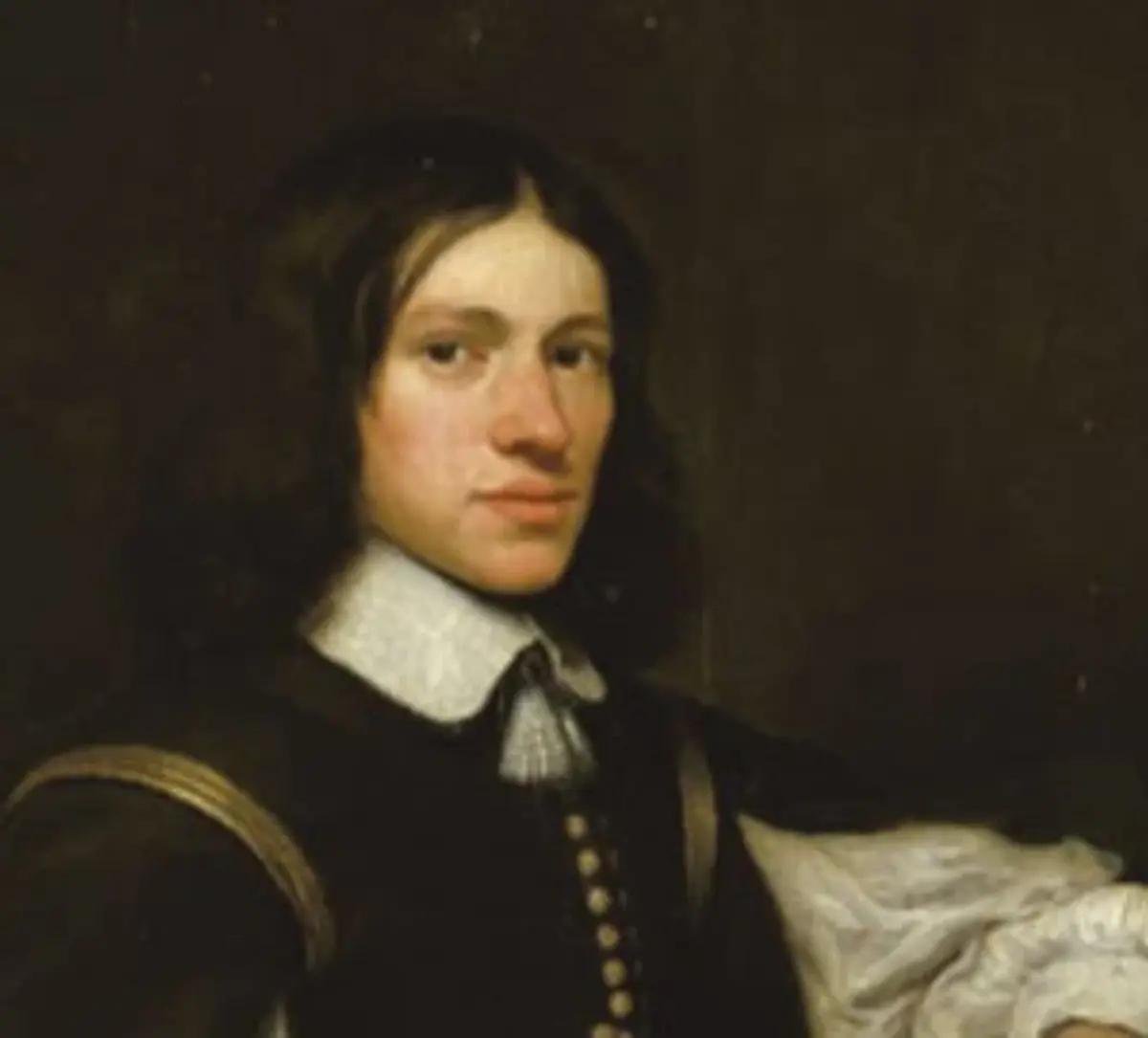
Anthonie Heinsius
Anthonie Heinsius was een uit Delft afkomstig staatsman in de tijd van stadhouder Willem III van Oranje. Begonnen als advocaat, werkte hij zich uiteindelijk op tot raadspensionaris van het gewest Holland – zij het niet helemaal vrijwillig …

Johannes Stalpaert van der Wiele
After the Eighty Years' War (1568-1648), Protestantism became the dominant religion in the Netherlands. The Iconoclasts had violently stripped all churches of images of saints. Catholics were forced to meet in hideaway churches. Poet, lawyer and priest Johannes Stalpaert van der Wiele stood up for them.
